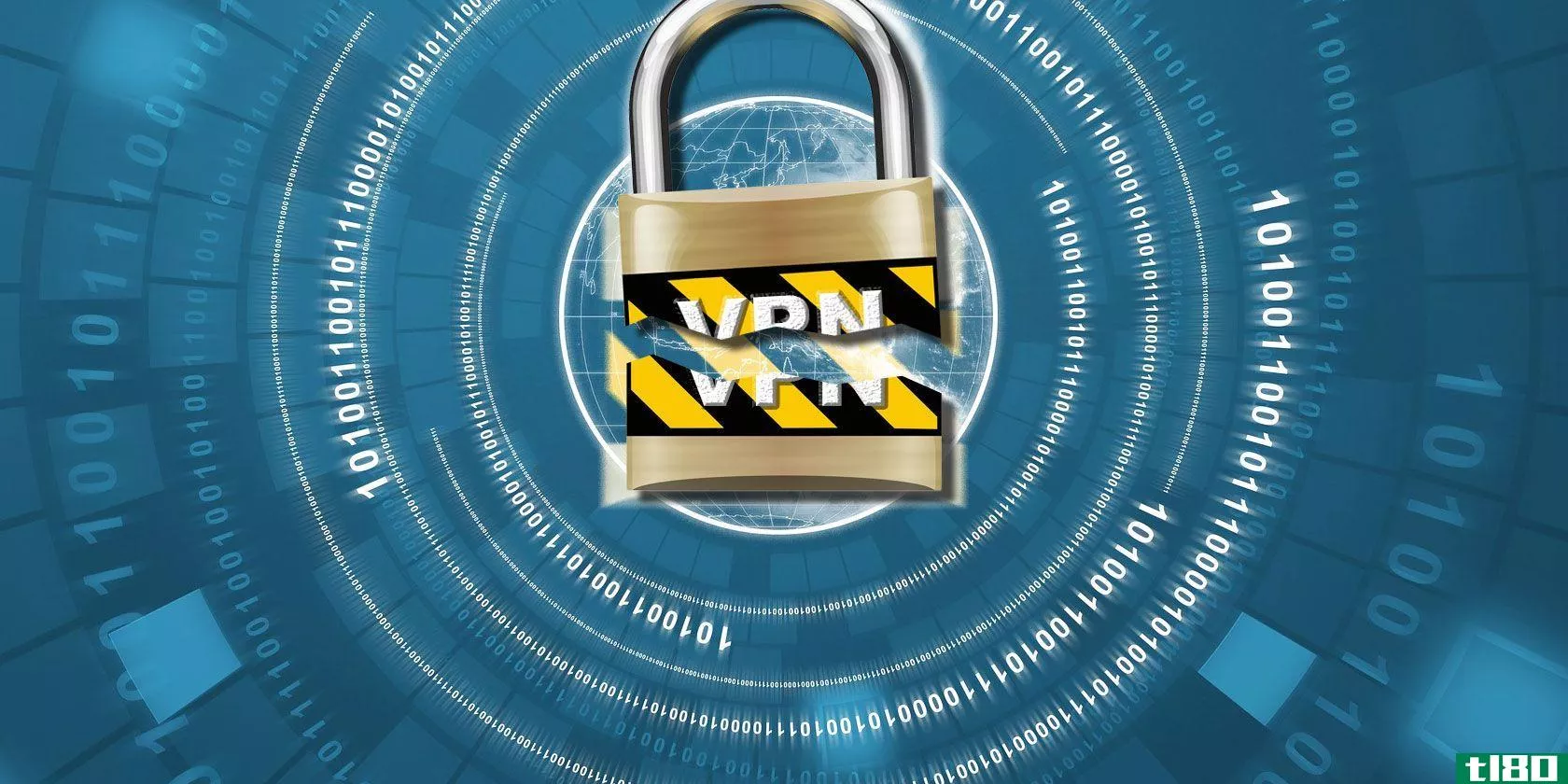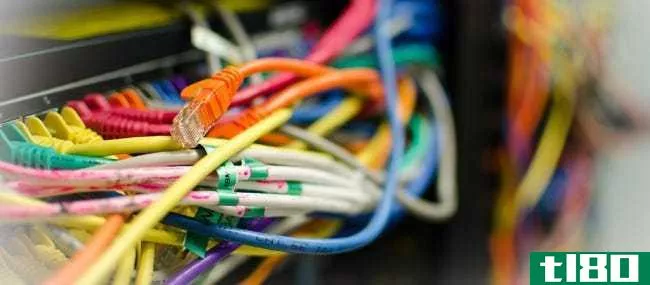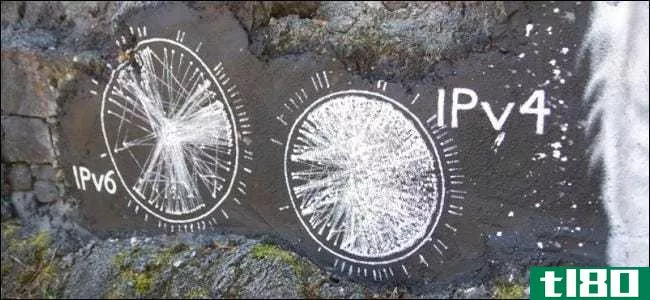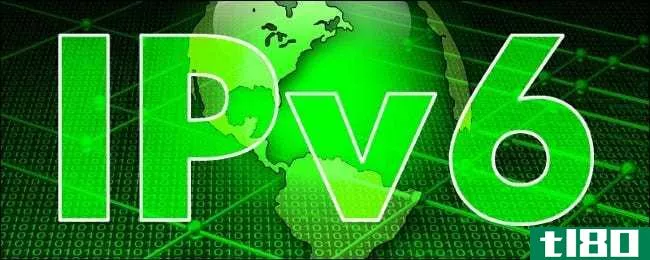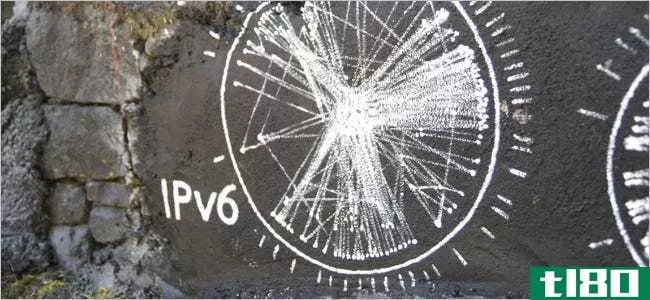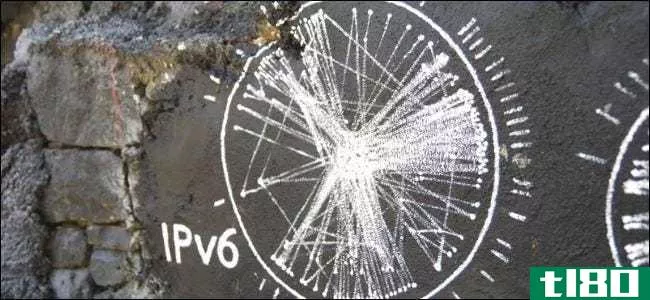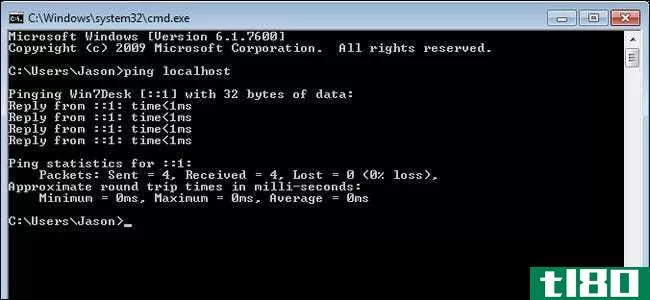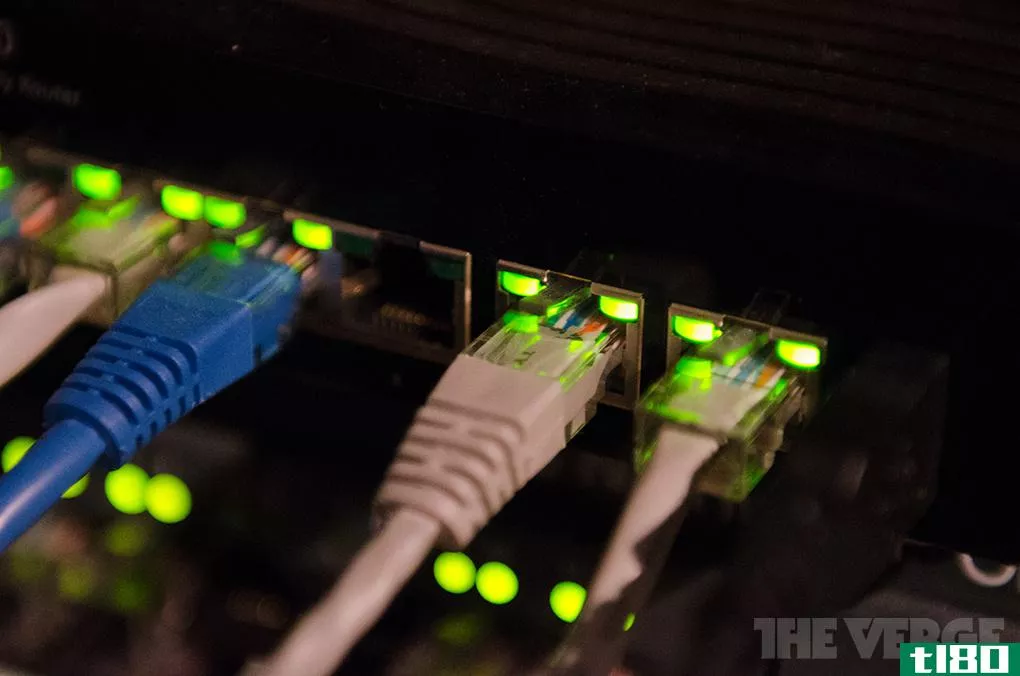为什么“物联网”强制要求ipv6地址?

随着“物联网”的不断发展壮大,物联网究竟有多大必要拥有IPv6地址?今天的超级用户问答帖子回答了一位好奇的读者的问题。
今天的问答环节是由SuperUser提供的,SuperUser是Stack Exchange的一个分支,是一个由社区驱动的问答网站分组。
图片由Nerovovo(Flickr)提供。
问题
超级用户读者特鲁德勒想知道为什么“物联网”强制要求IPv6地址:
If you have multiple devices within a network, the amount of IPv4 addresses will not increase linearly to accommodate the number of devices. There is just one IPv4 address per network/router that is connected to the Internet. How does the ‘Internet of Things’ (IoT) justify the need for IPv6 addresses?
I definitely think I may be misunderstanding something here, but it does not make sense to me at the moment. I know that IPv6 will be needed in the future, but I do not know which role the ‘Internet of Things’ (IoT) plays in this topic.
为什么“物联网”强制要求IPv6地址?
答案
超级用户贡献者Mokubai为我们提供了答案:
The ‘Internet of Things’ does not absolutely mandate IPv6, but for it to be useful or usable IPv6 is very much preferred.
IPv4, due to the limited number of addresses available, means that not every device can have a public IP. For a cluster of devices to share an Internet connection, they have to share the IP via NAT technologies. If the devices want to host servers, then they have to punch a hole through the device hosting an Internet connection using port forwarding, UPNP, or related technologies. This can get complicated, especially if multiple devices want the same port for their servers. An alternative method is to have a central management server that both the home and remote devices dial into in order to exchange data.
IPv6 does away with the need for NAT, port forwarding, and the lot and allows every device to have its own public IP and associated ports. It removes complicated port forwarding rules and methods for punching holes in firewalls. It removes all the network coexistence problems that plague current devices. You can connect to devices without needing to configure firewalls or set up accounts on third party services that allow you to connect to your device.
Quite simply, it allows the Internet to function in the way it used to before we realized we did not have enough addresses to let every machine have its own public IP address.
To give a slightly more visual idea of how IPv6 and IPv4 allow the ‘Internet of Things’ to work, imagine you have a fully automated home, with every device hosting a server where you can turn it on.
With IPv4, your network is complicated to set up (you will spend ages on your router setting up each individual port forward rule) and the best you get is a list of port numbers you have to write down in a text file:
- myhomenetwork.com:80 (This is my router.)
- myhomenetwork.com:81 (This is my computer.)
- myhomenetwork.com:82 (This is my coffee machine.)
- myhomenetwork.com:83 (Is this my TiVo?)
- myhomenetwork.com:84 (This could be a light bulb, but not sure.)
- myhomenetwork.com:85 (Is this the fish tank heater?)
It also means that unless you take the time to set up multiple ports for each device, then they only have one port available and so can probably only present a web page to the Internet. For devices that want to show an HTTP (web) server, FTP, or SSH server, this can get painful and annoying pretty quickly as you will spend time opening up more ports and writing down what port you gave to what device.
IPv6, due to having publicly available IP addresses for every device, means your network configuration time drops immediately and you can get a more sensibly named network and each device can easily host whatever services it likes:
- myrouter.myhomenetwork.com
- mycomputer.myhomenetwork.com
- mytoaster.myhomenetwork.com:80 (http server, web page showing a push-to-toast button)
- mytoaster.myhomenetwork.com:21 (ftp server, so you can upload perfect toast settings)
- mytoaster.myhomenetwork.com:22 (SSH server, for securely talking to your toaster)
- myfrontroomlightbulb.myhomenetwork.com
And so on. The ‘Internet of Things’ can work on IPv4 and be just fine, but IPv6 can make it work right.
有什么要补充的解释吗?在评论中发出声音。想从其他精通技术的Stack Exchange用户那里了解更多答案吗?在这里查看完整的讨论主题。
- 发表于 2021-04-10 04:14
- 阅读 ( 230 )
- 分类:互联网
你可能感兴趣的文章
什么是vpn泄漏?如何检测和预防
... 你为什么要使用VPN呢?一个原因可能是你不想让你的ISP(或其他人)知道你要去哪个网站。你可能害怕审查,来自ISP的指责,甚至**的监视。 ...
- 发布于 2021-03-25 00:48
- 阅读 ( 305 )
linux下如何使用bmon监控网络带宽
...和错误:Internet控制消息协议v6消息校验和错误计数。 Ip6地址错误:由于IPv6地址不正确而导致的错误计数 Ip6广播分组:IPv6广播分组的计数。 Ip6校验和错误:IPv6校验和错误的计数。IPv6中的ICMP和用户数据报协议(UDP)数据包使用...
- 发布于 2021-04-02 09:33
- 阅读 ( 167 )
什么是ipv6,为什么它很重要?
公共互联网上的IPv4地址越来越少。2011年北电破产时,微软斥资750万美元收购了北电666624个IP地址,相当于每个IP地址8美元。IPv4存在技术问题,IPv6是解决方案。 不幸的是,IPv6的部署被推迟了太久。如果IPv6在几年前就实现了,...
- 发布于 2021-04-09 02:20
- 阅读 ( 147 )
你使用ipv6了吗?你应该在乎吗?
...后面。 ipv6具有重要的长期意义 相关报道:什么是IPv6,为什么它很重要? IPv6对于互联网的长期健康非常重要。只有大约37亿个公共IPv4地址。这听起来可能很多,但它甚至不是地球上每个人的一个IP地址。考虑到人们有越来越...
- 发布于 2021-04-09 03:59
- 阅读 ( 153 )
什么是物联网?
...备和对象联网。 ipv6与可寻址性 相关报道:什么是IPv6,为什么它很重要? 目前,大多数设备使用IPv4连接到Internet。我们的IPv4地址很快就用完了。IPv6通过提供更多我们可以使用的地址来解决这个问题。一旦我们真正迁移到IPv6,...
- 发布于 2021-04-09 04:22
- 阅读 ( 142 )
如何查看您的vpn是否泄漏了您的个人信息
...秀方式,可以在网上隐藏您的身份。 相关:什么是VPN,为什么我需要VPN? 然而,计算机安全和隐私永远是猫捉老鼠的游戏。没有一个系统是完美的,随着时间的推移,漏洞被发现,可能危及您的安全-VPN系统也不例外。以下是三...
- 发布于 2021-04-09 09:22
- 阅读 ( 391 )
为什么要将ipv4和ipv6公共地址分配给我的家庭网络?
...IPv4地址,但您可能会惊讶地发现也分配了一个IPv6地址。为什么这两种类型会同时分配给你呢?今天的超级用户问答帖子回答了一位好奇的读者的问题。 今天的问答环节是由SuperUser提供的,SuperUser是Stack Exchange的一个分支,是一...
- 发布于 2021-04-09 23:20
- 阅读 ( 196 )
域名可以同时具有ipv6和ipv4地址吗?
...理的信息时,您可能会想知道域名是否同时具有IPv6和IPv4地址。有鉴于此,今天的超级用户问答帖子为好奇的读者提供了答案。 今天的问答环节是由SuperUser提供的,SuperUser是Stack Exchange的一个分支,是一个由社区驱动的问答网站...
- 发布于 2021-04-10 04:09
- 阅读 ( 153 )
不,禁用ipv6可能不会加快您的internet连接
...ernet服务提供商。 禁用ipv6的问题 相关报道:什么是IPv6,为什么它很重要? 禁用IPv6可能会导致问题。如果您的Internet连接和路由器已经迁移到IPv6,您将失去正确使用它的能力。某些家庭网络功能也可能需要IPv6—例如,Windows 7中...
- 发布于 2021-04-11 07:20
- 阅读 ( 212 )
